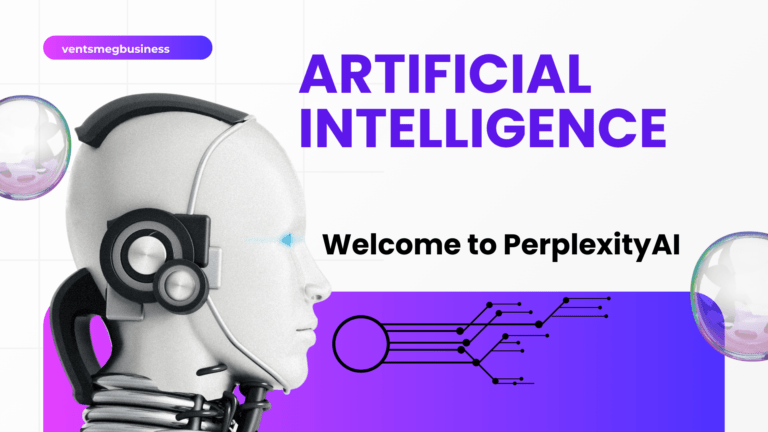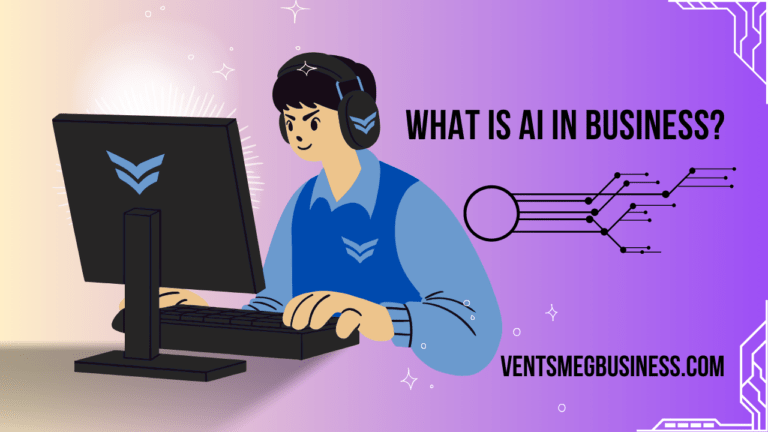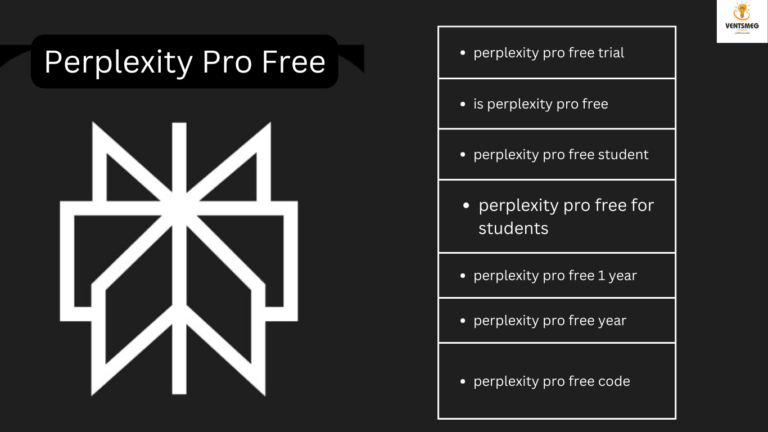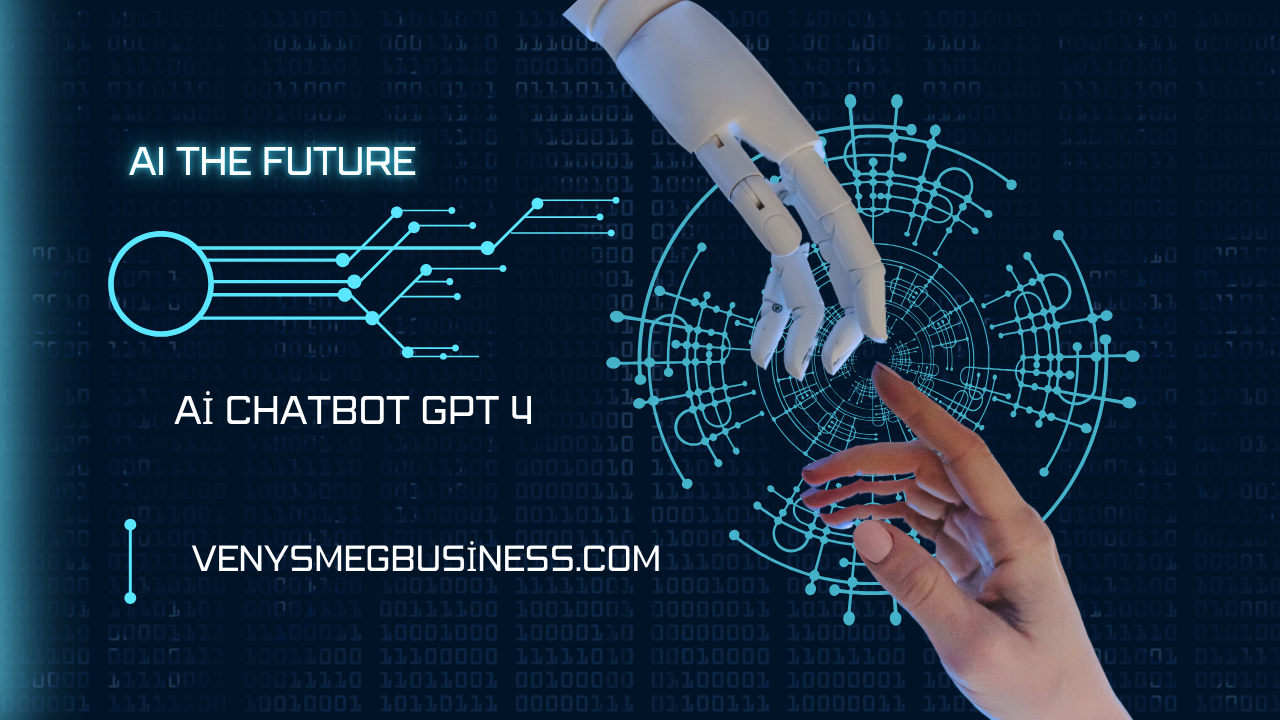
It looks that with each continuous development in the world of artificial intelligence, a new set of inspiring growths appears to take its place, and few of these have gathered more attention than GPT 4 Launched as the final version of OpenAI’s Large Language Model frameworks, GPT-4 is a much more advanced AI tool when it comes to chatbots and conversational AI. This blog post focuses more deeply on what GPT 4 is, what it brings to the table, and how its abilities are changing industries.
Introduction to AI chatbot gpt 4
AI chatbot gpt 4 which stands for Generative Pre-trained Transformer 4 is the latest of OpenAI’s sequenced language model. It is ready in March 2023 and is progress of GPT-3 with new revolutionary structures. First and vital of all, GPT-4 is just another neural system that has been skilled in and learned a well rounded patch of text for enough amount of time so that it could understand human texts and create human-like texts that are clear and meaningful.
There is no overstating the role that AI Chatbot GPT 4 occupies in the context of the development of AI. It means a revolution in terms of what can be done with language models with machine learning and natural language processing. In this blog, we’ll reveal that the changes of GPT-4 are in no way incomplete to mechanical text composition, but it might present real solutions to many problems reaching across all sectors and fields.
Key Features of AI chatbot gpt 4
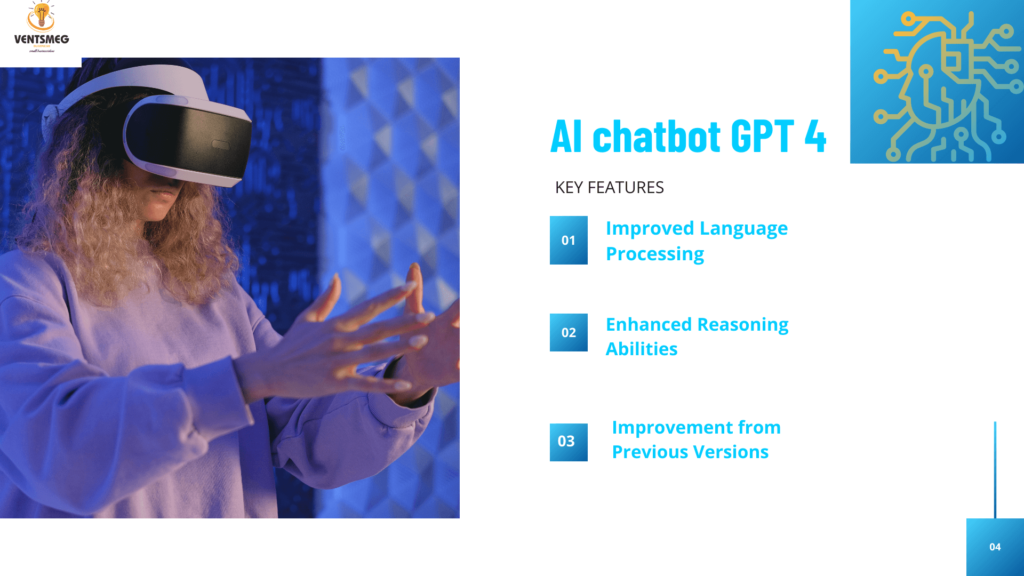
Multimodal Capabilities
One of the best feats in GPT-4 is that it supports multimodal. Contrary to the previous versions of the model, GPT-4 accepts and produces not only text, but images as well. This means that it can interpreting images, provide written commentary or answer questions about content and even write in response to images. This feature allows for a new set of possibilities of AI, including better image identification, more advanced line-drawing chatbots that utilize visuals exclusively, and more.
Improved Language Processing
Finally, as with previous models based on GPT, the new AI Chatbot GPT 4 is designed and developed to be enhanced in comprehending human language and generating the same. It is much closer to the real understanding of people, context, their feelings and even registers of language. This improvement in the language processing skill also means that the dialogue flow with GPT-4- equipped chatbots is closely resembling that of a human conversation.
Enhanced Reasoning Abilities
One of the biggest pushes of AI Chatbot GPT 4 is its improved ability to reason out. However, it is capable of comprehending complicated analysis, it can turn a logical conclusion and sometimes even use inventive thought processes. This massive leap from the previous generation builds upon GPT-3’s regular access to cognitive tasks to cope with new and much higher difficulty levels that even include legal document writing, analytical tasks in the form scientific and technical research.
Improvement from Previous Versions
For a better understanding of the possibilities that GPT-4 opens, it is necessary to determine how it differs from other models and with which it has many similarities – GPT-3.5. While GPT-3.5 was already impressive in its own right, GPT-4 takes several significant steps forward:
Increased parameter count:
To this date, the number, in terms of parameters, of AI Chatbot GPT 4 is not publicly known though it’s for sure that it has many more than GPT-3.5 which enable it to understand more and perform better.
Better context understanding:
In terms of sustaining context over increasingly long conversations as well as documents, there is a clear improvement with AI Chatbot GPT 4.
Reduced hallucinations:
Unlike in GPT-3, there are a lot of improvements whereby false or non-meaningful information is rarely given.
Improved instruction-following:
One is that GPT-4 is less likely to go outside the word limit as well as being more correct in general and following orders more correctly therefore making them more appropriate for task-oriented programs.
Hence in terms of ability, GPT-4 has been obtainable to replicate sure advantages in professional and academic standards. It has shown human level performance on various standard tests such as written bar exam, college entrance exam, and graduate school entrance exam. This level of performance shows that GPT-4 is not just a step up from GPT-3, and its families, but is indeed an order of scale improvement in AI technology.
Using of GPT-4 in the field of Chatbots
The integration of AI Chatbot GPT 4 into chatbot technology is revolutionizing several key areas:
Customer Service Enhancements
Customer service is shifting towards GPT-4 powered chatbots to make the experiences better. These are some levels of chatbots which are capable of answering complex questions and especially those that have background ability. They can also follow the way the customer communicates whether formally or informally thus improving on the interactions.
Virtual Assistants
AI personal and business virtual assistants are becoming advanced in the use of imitation and gesture activities run by AI Chatbot GPT 4. They are capable of schedule coordination and even composing emails, performing research, and helping with decision-making. GPT-4 is able to perform natural language understanding and generation during these interactions and the communication process feels like talking to an assistant.
Content Generation
One can go on and on about the advantages of GPT-4, especially where clarification and organization of text are concerned. Of course, from writing blog posts and social media captions to product descriptions and marketing texts, AI Chatbot GPT 4-based chatbots can become invaluable tools for saving time and effort for businesses and individuals.
Ethical pointer sand pitfalls
While the capabilities of GPT-4 are undoubtedly impressive, they also raise important ethical considerations and highlight certain limitations that need to be addressed:
Biases were; The material maybe contains misinformation because;
As with all models that are trained on language data supplied by people, GPT-4 can reproduce current prejudice identified in its dataset. This might result to creation of prejudicial or racists information processing. Moreover, despite the fact that GPT-4 still appears to hallucinate less often than GPT-3 and generates less text that is clearly false, it can still give incorrect answers if questioned about matters beyond the data it was trained on or recent news.
Privacy Concerns
Since the application of chatbots is expanded in different sectors, they also pose privacy issues. Since these chatbots are processing and managing more sensitive data, there emerges issues to do with data storage, access, and utilization. It remains equally important that the data on which GPT-4-based chatbots are developed has been protected adequately, and on the policy for data privacy of the masses is clear and accessible.
For Sustainable Development
The features of the GPT-4 show that there is a need to ensure that development of artificial intelligence is controlled and Use social media responsibly. These activities entail continuation of bias elimination, making the processes used by AI systems more transparent and providing a set of rules of conducting machine learning. By having GPT-4, and systems like it increasingly present in our daily lives, its creation and implementation must therefore be aligned to the social norms as well as ethics.
Impact on Various Industries
The influence of GPT-4 extends far beyond the tech sector, with potential to transform numerous industries:
Healthcare
In the area of healthcare, chatbots that are powered by GPT-4 can help with patient assessment, available 24/7 and can sometimes suggest possible preliminary diagnosis. They can also aid healthcare profession by performing record summarization, update on recent literature and treatment planning for patients.
Education
With GPT-4, education is taking new steps because it can offer individual sessions to students, answer their questions, and contribute to preparing lessons. It can easily account for learning style and pace over the normal classroom setting which if achieved can make quality education available to many students.
Finance
With GPT-4 chatbots, in the financial industry, it will be possible to obtain individual financial consultations, coordinate the portfolio, and receive market data at the moment. They can also improve the features of anti-fraud systems and optimise customer service in banking and insurance organizations.
Creative Fields
Thanks to its slightly humanized NLP abilities and imagination, GPT-4 is already causing quite a stir in creative sectors. It can be especially helpful with scriptwriting, content idea generation and coauthoring. It is not necessarily competing with human imagination, that is why it becomes a valuable tool for developing and optimizing creative activity.
Future vantages and pas
As we look to the future, several exciting prospects and challenges emerge for GPT-4 and AI chatbot technology:
Potential Developments
It is even possible that future releases of GPT models will have even more complex multimodality – and maybe even signal processing for audio or video? It might also lead to better long term memory information processing and reasoning ability which might give a possibility of longer and more evolved interactions.
Compatibility with Other Technologies
This means that when these new technologies are deployed alongside GPT-4, it would mean multiple new applications that are inconceivable in the current world. For example, new generations of AI chatbots can meet smart home systems, AI-driven augmented reality, etc.
Failure and Limitations to Address the Current Limitations
Future research will continue by working to overcome the current problems of GPT-4, including multiple language translation, improving the realism of GPT and creating more secure protection from an unfavorable use of GPT.
Conclusion
GPT-4 brings a new level of progress to AI and chatbot systems as a whole. Its language processing ability, ability to incorporate different forms of media inputs, and the improvement in its reasoning skills are making it possible to design systems that had earlier been thought impossible. By now, we can already imagine how the GPT-4 backed chatbots are going to transform customer care services, education, healthcare, and many other sectors.
But then again, this is true, that with great power comes greater responsibility. Peculiarities of ethical several aspects and possible limitations of GPT-4 have shown that one should act more carefully and responsibly regarding the further improvement and introduction of AI. Moving forward, it will be imperative to harness more of GPT-4 while at the same time being very careful on some of the effects it will have on society.
If you are interested inEHICLE, you will love the future of AI chatbots and language models with GPT-4. To date, we have seen tremendous progress in the advancement of this particular technology, and as researchers keep on enhancing it as well as broadening on it, then one will expect to see further inventions and advancements. It is important to know that AI’s march onwards is still a long way from its destination and that the release of GPT-4 only brings us closer to the next chapter in this story of great human invention.
FAQ’s
What is GPT-4?
A new release of OpenAI as a new language generation model that produces human-like text and takes images as input.
What are the key features?
Multimodal: Handles text and images.
Improved Processing: Understanding of language at large for the community.
Enhanced Reasoning: Students with better nomological networks show higher levels of logical problem solving.
What is the difference between this model and GPT-3.5?
Additional parameters, better context retention, less hallucination, and a better following of instructions.
How does it work regarding applications in chatbots?
Customer Service: Resolves complex queries.
Virtual Assistants: Manages tasks efficiently.
Content Generation: Runs the show and writes articles and marketing copy.
What ethical concerns exist?
An insight into; How to Avoid Bias, Privacy Concerns and Ethical Use of AI.
Which industries benefit?
He stated that through the adoption of cloud computing in IT infrastructure following sectors benefit; healthcare, education, finance and the creative sector.
What’s the future for GPT-4?
The subsequent expectations would be the enhancements in multimodal capability and interaction with the new technologies.

